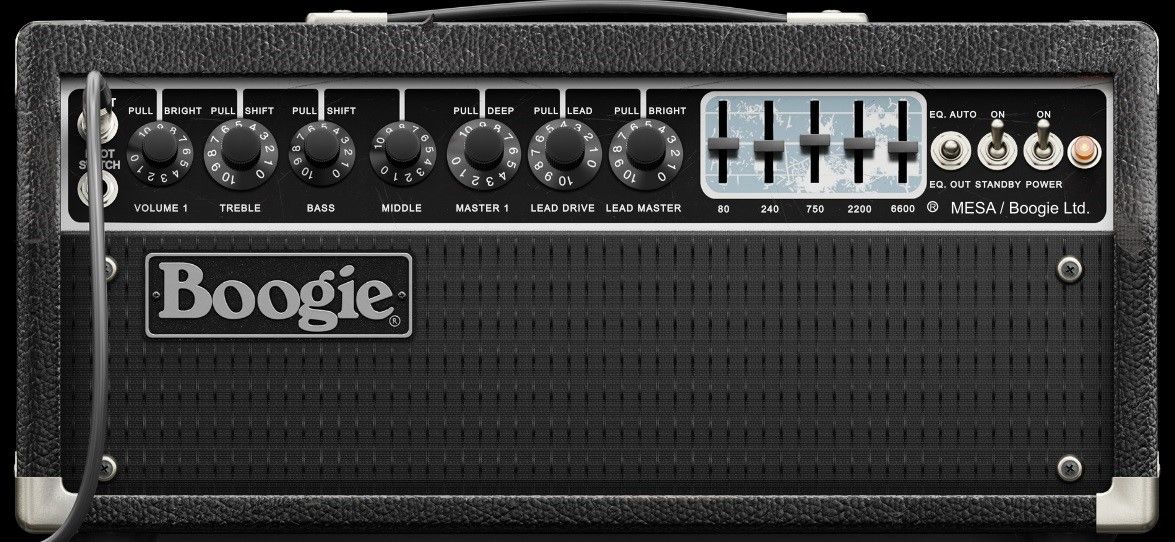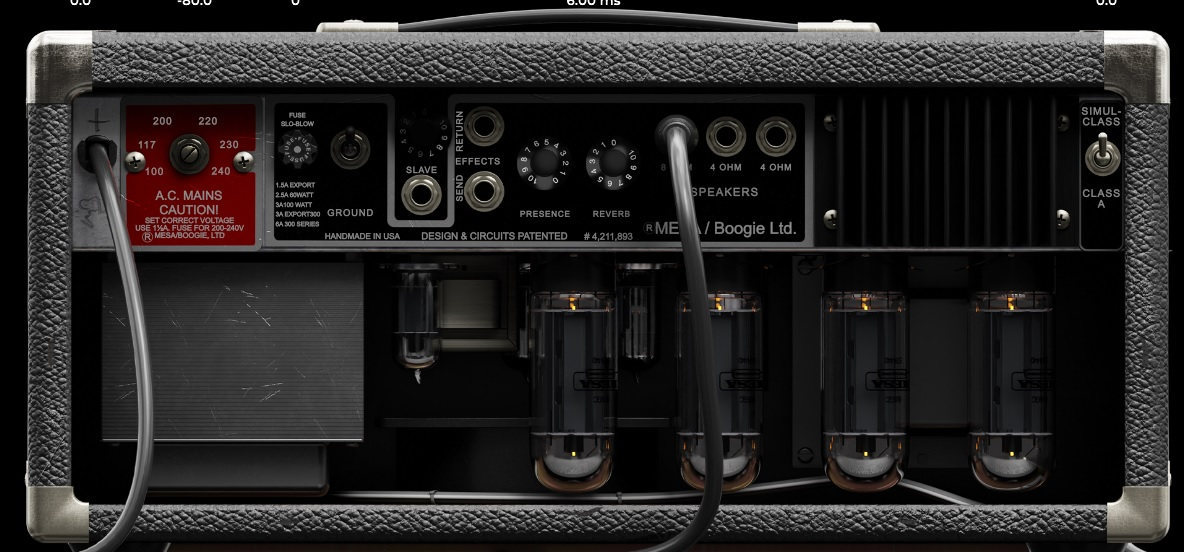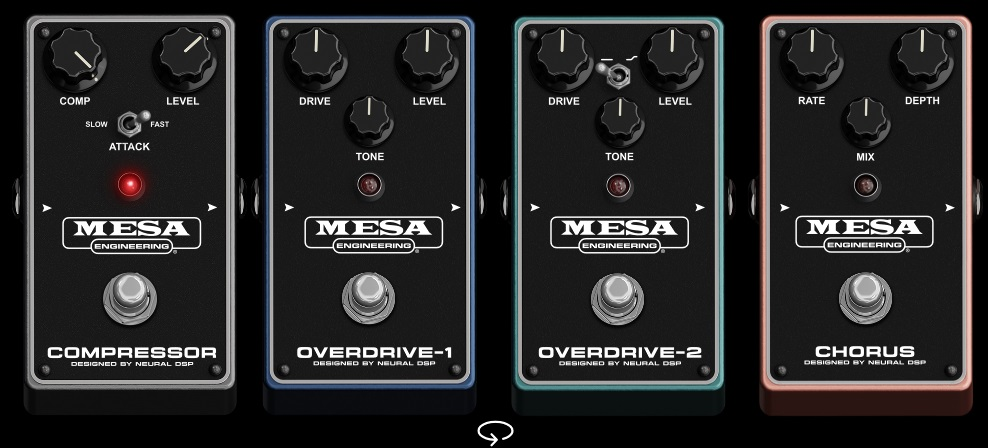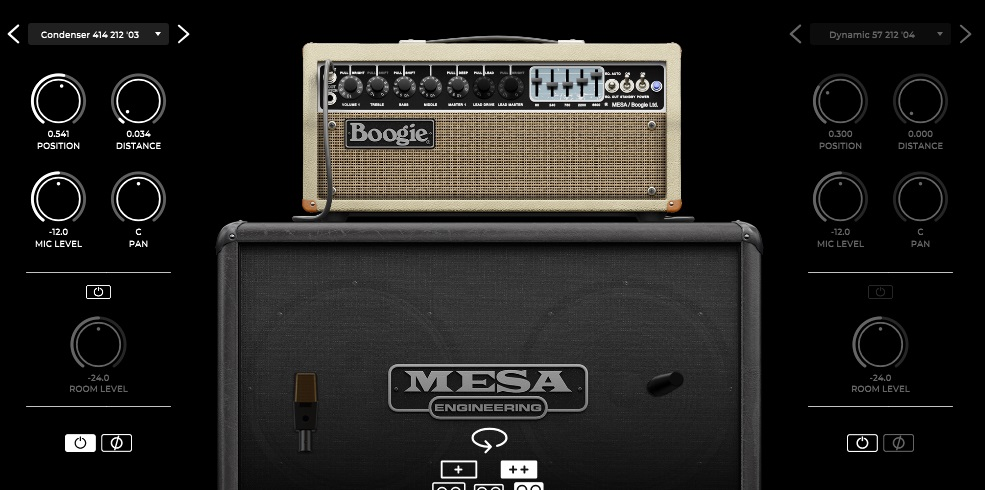Mesa Boogie Mark IIC+ Suite: A Historic Amplifier Brought to Life for Guitarists Everywhere

Neural DSP has just released a new product that is sure to excite guitarists everywhere - the Mesa Boogie Mark IIC+ Suite. This suite brings a piece of guitar amplifier history back to life by replicating every nuance of both the Mark IIC+ and its mythical factory modification, the Mark IIC++.
In this article, we'll dive into the history of the preamp circuit design, explore the features of this digital model, and examine the tones you can expect to find. Let's see if this 99 Euro software (about $110 USD at the time of writing) is worth the investment.
History of the Mark IIc
The Mark IIC+ was introduced in the mid-1980s and quickly gained a reputation for its sonic versatility and tonal complexity. It was a popular choice among guitarists in a wide range of genres, from rock and metal to jazz and fusion. A trait, which, if replicated in the software, could prove to make it a great option for your first digital amp modeller.
The amp was known for its channel switching with lead and rhythm options allowing guitarists to easily switch between clean and distorted tones.
The rhythm channel provides a thicker, more compressed tone that's ideal for crunchy power chords and chunky rhythm parts. This channel has a slightly darker, warmer tone than the lead channel, with a more scooped midrange and a tighter low end response. It's perfect for players who want a more modern, aggressive tone.
On the other hand, the lead channel on the Mark IIC provides additional gain for soaring lead lines. It has a brighter, more aggressive tone than the rhythm channel, with a more pronounced midrange and a looser low end. This channel provides plenty of sustain and harmonics, making it a favorite among guitarists who like to shred and play fast.
Speaking of guitarists who like to shred...
Famous Artists That Used the Mark IIc
- Metallica's "Master of Puppets" albums were recorded using Mesa Boogie Mark IIC+ amplifiers slaved into modded 100W Marchall JCM800 Heads. The Mark IIC+ amps were also modded to work as a pre-amp, which is something we'll definitely have to dive into in a future article.
- Dream Theater guitarist John Petrucci used one extensively and even created a comparison between the Mark Five and Mark IIc on Mesa Boogie's official YouTube Channel.
- Toto guitarist Steve Lukather also used the amp while touring and when creating a video guitar lesson back in 1986.
- Journey guitarist Neal Schon used a Mesa Boogie Mark IIC+ while touring with Journey in the early 80's.
While these aren't all of the prolific users, it gives you an idea of the impact this amp had on the music world and the wide range of tones one can get out of it. That's enough about the real amp, let's take a closer look at what Neural DSP has to offer:
Reviewing the Mesa Boogie Mark IIC+ Suite
Mesa Boogie amps are, generally speaking, massively popular among guitarists. The plugin and standalone app are likely to capture that popularity and bring a legendary set of tones to an affordable price point for the home musician.
Additionally, Neural DSP's software suite could be a great option for guitarists who want to practice or play at lower volume levels, even if they own a real amplifier. While we don't have a real Mesa Boogie on hand to compare directly, the software's ultra-realistic digital model of the historic amplifier's preamp circuit design has received high praise from reviewers and users alike.
For starters, this is the first Neural DSP amp sim that we're reviewing. We've played with some other amp sim plugins and software, but Neural blows them out of the water. The intuitiveness and presentation is top notch. I've seen other guitarists describe them as Apple-like and I can concur wholeheartedly.

The Amp and Cabinet
The amp front panel has most of the knobs you'll need to fiddle with to dial in your tone as well as Mesa boogie's 5 band EQ. Flip it around and you'll find the presence and reverb controls.

Below the flip setting you'll find the option to switch between the + and the ++ model, which features the new preamp circuit design. I'll not that I quickly found myself preferring this version of the amp as it seemed to give a subtle boost to the top end.
Finally, you've got the cabinet/speaker options, of which there are three. A Mesa Boogie Rectifier standard slant 4x12, traditional slant 4x12, and stacked 2x12s. Of the three I found myself preferring the stacked 2x12s most.
Tons of Presets
Before diving in and dialing in my own tone, I was curious to see what the presets that ship with the amp had to offer. There are a wide range of presets, though most feature a high gain sound. I found myself quickly turning towards the artists presets rather than the factory options, and found myself liking the Charlie Robbins "Thump".

Included Pedals
The software also includes four pedals: a compressor, two overdrives, and a chorus. Of the four, I used the compressor and chorus the most. The amp has plenty of gain on tap and for me personally using the overdrive pushed it into a territory that I just don't find myself playing at.

Comprehensive Cabsim Module
With ten virtual microphones that you can mix and match, the cabsim side of the plugin is honestly way out of my league. That being said, I think it'll be a great way to learn the dynamics of mic'ing an amp. In the end, it'll help me determine my ideal amp and mic setup when recording.
Which, to go on a tangent here, is a HUGE benefit to using software like this. You can really figure out what kind of tones your after without dropping the cash on the real deal amps and mics.
Conclusion
It's clear that you can get many tones out of this amp sim, but it's designed primarily for high-gain styles of music. Overall it left me feeling excited to test out the other Neural DSP plugins, but it's not the one for me. That's not to say it's bad, but rather that it doesn't fit what I'm looking for personally as a guitarist.
If you're someone who enjoys high gain amps, this may be perfect for you, and given that it comes in at a cheaper price point than Neural DSP Archetype plugins, you could find a better bang for your buck with the Mesa Boogie Mark IIC suite.
In any case, Neural DSP provides a 14 day free trial for all of their plugins so head to their website and give it a try.